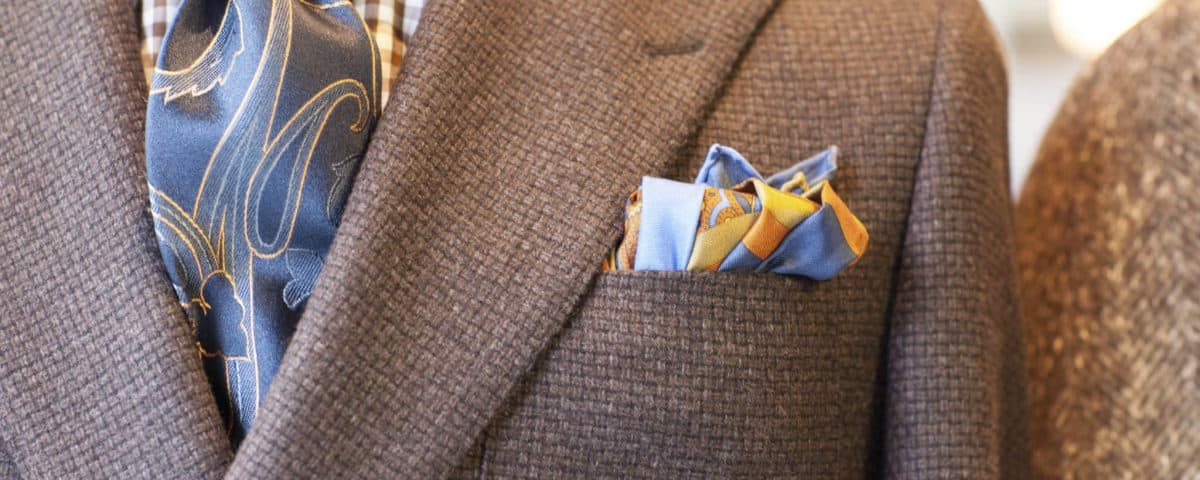
Five Ways to Wear the Navy Blazer

9 Keys to Great Tailored Suits
Most grooms are going to go the extra mile for their wedding day and invest in a custom suit that makes them look and feel like a million bucks. The wedding suit will then become an integral part of their wardrobe; something that they can wear to special events for the rest of their lives. Considering all the time and money that goes into creating the perfect suit, it’s a good idea for any groom to try and get to know the criteria by which to spot a good one. Here’s a concise guide of the most important elements of a suit.
 TFC‘s Jermain Defoe at Garrison Bespoke Flagship
TFC‘s Jermain Defoe at Garrison Bespoke Flagship
Full Canvas: Back in the day, suits were made with a layer of horsehair canvas sewn between the lining and jacket cloth. Today, to create suits that are mass-produced and budget friendly, a fused interlining is glued to the jacket’s cloth. Only the finest quality suits incorporate a fully canvased jacket. The canvas provides durability, allowing the jacket to drape properly over the body and overtime, molds to the shape of wearer, resulting in the perfect fit.

Lining: Lining protects the exterior cloth of the suit from body sweat and other wear and tear. It also conceals the interior suit construction, allowing for comfort and ease of movement. A quality suit will have a sturdy lining to ensure the full life expectancy of the garment. In regards to the trousers, the pant-leg lining should extend as far as possible (at least to the knee) to warrant preservation.

Stitching: One of the main differences between a bespoke suit and a made-to-measure suit is the stitching. A bespoke suit is hand sewn, while made-to-measure or off-the-rack suits are machine stitched. Although machine stiches may look good, they are restrictive and stiff, while hand stitching gives a garment flexibility and movement. Hand stitching, especially in the sleeves and waistband, makes a suit much more comfortable, even if the suit is slim cut.

Pockets: Not all suit pockets are created equally. Machine stitched pockets are often less durable than hand-sewn pockets and start to unravel with wear. In order to maintain the sleekness and durability of the jacket, ticket-pockets, jetted pockets, or flap pockets should be hand-sewn. To avoid unsightly bulges and sagging, the trouser pockets should be hand-sewn as part of the waistband. This way, they’re supported from the top for a consistent clean line.
 Buttons: Avoid plastic. Plastic buttons can crack with wear and tear or in bad weather. Natural materials like corozo nut, horn, metal and wood will last much longer and appear more sophisticated. To complete the look, buttonholes should secure the button relatively close to the body. For the best finish, buttons and buttonholes should be sewn by hand.
Buttons: Avoid plastic. Plastic buttons can crack with wear and tear or in bad weather. Natural materials like corozo nut, horn, metal and wood will last much longer and appear more sophisticated. To complete the look, buttonholes should secure the button relatively close to the body. For the best finish, buttons and buttonholes should be sewn by hand.

Personal touch: A bespoke suit should be a 1 of 1 garment, created to your exact measurements and specifications. With the fine details, the sky is the limit: from the materials, colours, cuts and everything in-between. Be sure to uphold the bespoke tradition by monogramming your suit with your name (or whatever else you find appropriate), so everyone knows it’s bespoken for you.

personalized custom suit
